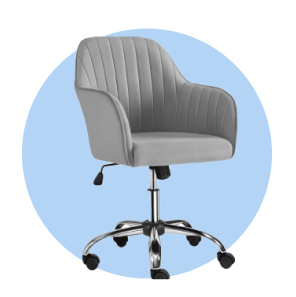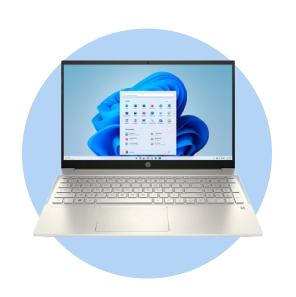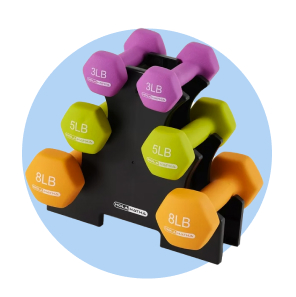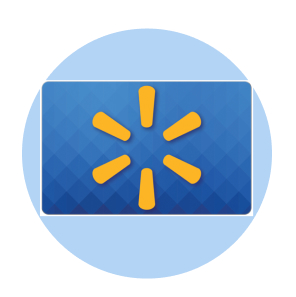
5 Engaging Math Manipulatives for Student Success
Math can be fun when you bring the right teaching tools into the classroom
Whether students struggle with specific concepts or have preconceived notions about mathematics being difficult, hands-on tools can help ease their path. That’s where math manipulatives come into play.
By incorporating manipulatives into math education, teachers can enhance student understanding and increase their chances of success. Interactive and stimulating experiences make learning fun instead of frightening. They also make it easy for students with varying learning styles to engage with the subject matter. Here are five manipulatives teachers can use to nurture students on their mathematical journeys.

Manipulatives make learning math fun & engaging
Math manipulatives first started gaining popularity in elementary and middle school classrooms around the 1950s. By presenting students with concrete scenarios, manipulatives turn abstract ideas into hands-on activities. Making math visible and tangible makes it easier for students of all ages to get their heads around the concepts that they’ll need later on in their studies and in life.
Many teachers make use of free virtual math manipulatives in today’s digital-focused classrooms, but the tried and true classics are a perfect way to keep students engaged and excited about their lessons, no screens required.
5 math manipulatives to use in your classroom

1. Abaci
The humble abacus, used for centuries, may be one of the first counting tools ever invented and it’s still in use today. Abaci are a great educational tool to help young students learn about basic counting. Moving colored beads up and down or left and right across wire rods makes counting visual and fun, and the tactile experience helps improve retention. For a lo-fi version of an abacus, use colored plastic beads made specifically for the classroom. For an option that’s especially easy on the budget, dole out beans to each student.

2. Cuisenaire rods
Each set of colored Cuisenaire rods typically represents digits one through 10, helping students visualize how the numbers relate to each other. Once they’ve learned the basics, students can use Cuisenaire rods to learn about addition, subtraction, multiplication and division in a colorful, simple system. The use of Cuisenaire rods has been shown to improve math classroom outcomes.
Although you can always buy pre-made Cuisenaire rods for this purpose, you can also use any classroom supplies to improvise your own. Try cutting up and gluing together colorful popsicle sticks, for example, or turn math class into a crafting day by having students paint and create their own popsicle stick Cuisenaire rods.
3. Fraction strips
Cutting and folding thin pieces of colorful paper is a great way to teach students about fractions. It demonstrates the concept of dividing a whole into smaller parts, first and foremost. Later on, placing multiple fraction strips side by side and moving them around can help students understand how different fractions compare, especially when it comes to dealing with different denominators.
Unlike established tools like Cuisenaire rods, there’s really no reason to buy fancy predesigned fraction strips. Grab some construction paper and scissors (or precut a set of strips for younger students) and have the class design their own learning tools to take the hands-on learning further.

4. Base ten blocks
Base ten blocks, sometimes called Dienes blocks, take students from basic counting skills to a more comprehensive understanding of the decimal system. Some base ten block sets come in different sizes, with a single cube representing the number one, a stack of 10 connected in a line and a block of 100 organized in a flat square. More robust base ten block sets include a larger cube scored with lines to represent the thousandths place.
Unifix cubes can come in handy for these types of lessons too. They make the activity more hands-on by allowing students to snap each individual unit cube into place to form as many powers of ten as they can. They also come in different colors, adding another dimension for students to distinguish between place values, understand fractions and more.

5. Tangrams
When it’s time to teach geometry, tangrams are a classroom favorite. Traditional tangrams include seven tans, or shapes: five triangles of varying sizes, a square and a parallelogram. In addition to introducing these basic shapes and their names, tangrams help students visualize the lines, angles and points that each type of shape is known for.
Older students can use tangrams or pattern blocks to begin learning basic algebra concepts. Separate from the lesson itself, tangrams can also be incorporated into math games for classroom fun. Just encourage students to solve puzzles by organizing the seven shapes into different goal patterns or designs. Don’t have room in the budget for premade sets? Just use some colored pencils and markers or construction paper and scissors to start the learning process with some DIY tangram action.
Stock up on math manipulatives & teaching supplies at Walmart
Stocking up on math teacher supplies is easy when you have a partner like Walmart Business. Browse our selection of class-ready manipulatives and DIY materials that can help you and your students make your own and learn every step of the way! Teachers can unlock free shipping,1 free delivery from stores on orders over $352 and 2% rewards back for purchases over $2503 by signing up for a Walmart Business+ membership today. You could save over $500 a year!4 Learn more here.
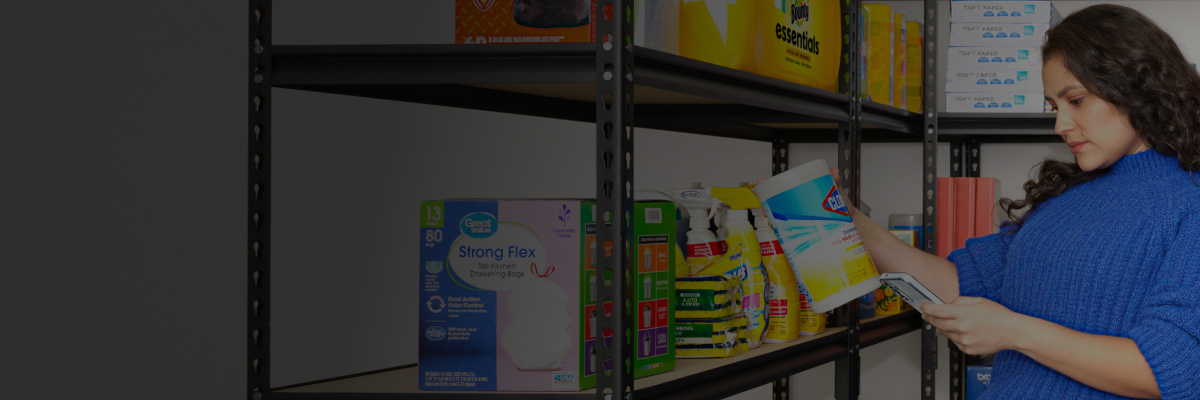
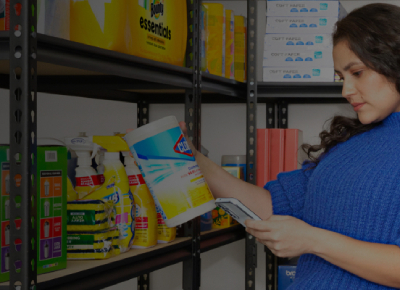
Limited-time offer
Unlock your special promo code
Stay informed on Walmart Business news & get $20 off a $100 purchase!1
1Minimum order of $100. Promo code can be used one time & may not be combined with other offers. Offer not transferable & void where prohibited by law. Customer responsible for all applicable taxes. Offer expires 12/31/2025 at 11:59pm PT. Further restrictions apply. See terms at checkout for details. Promo code offers available in limited quantities. While supplies last.
1 Excludes most Marketplace items, freight and certain location surcharges.
2 Restrictions apply.
3 Rewards can only be used toward future purchases on Walmart Business. Additional terms apply.
4 Savings based on 1 free $35+ delivery order vs. $9.95 fee and 1 free shipping order under $35 vs. $6.99 fee biweekly, plus 2% Walmart Business Rewards on monthly order >$250 (average value of $400).
Exciting news awaits
Hear firsthand about new products, features & promotions.
By clicking submit, you agree to receive emails about Walmart Business and acknowledge you have read and agreed to our Terms of use and Privacy Policy.



